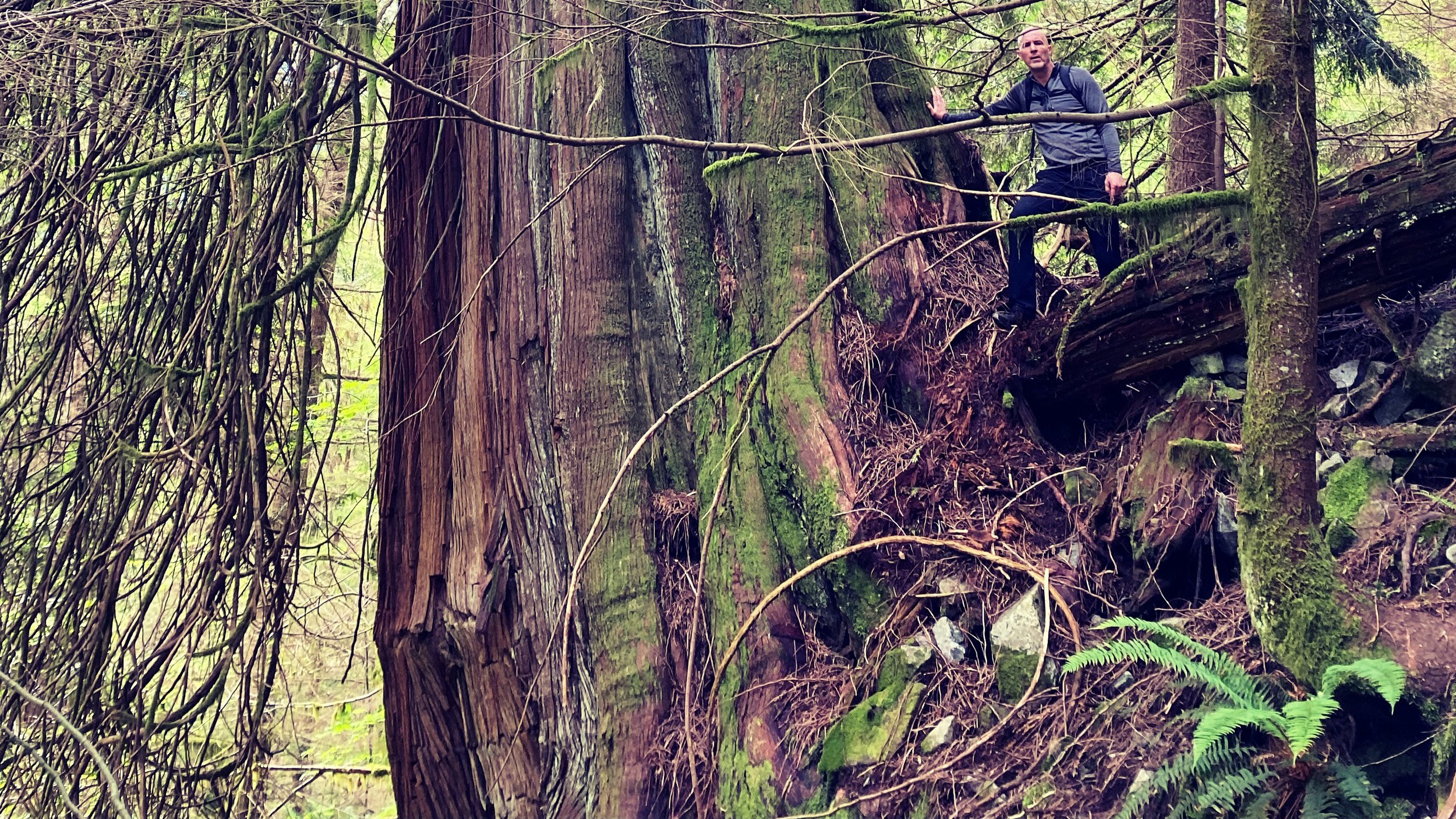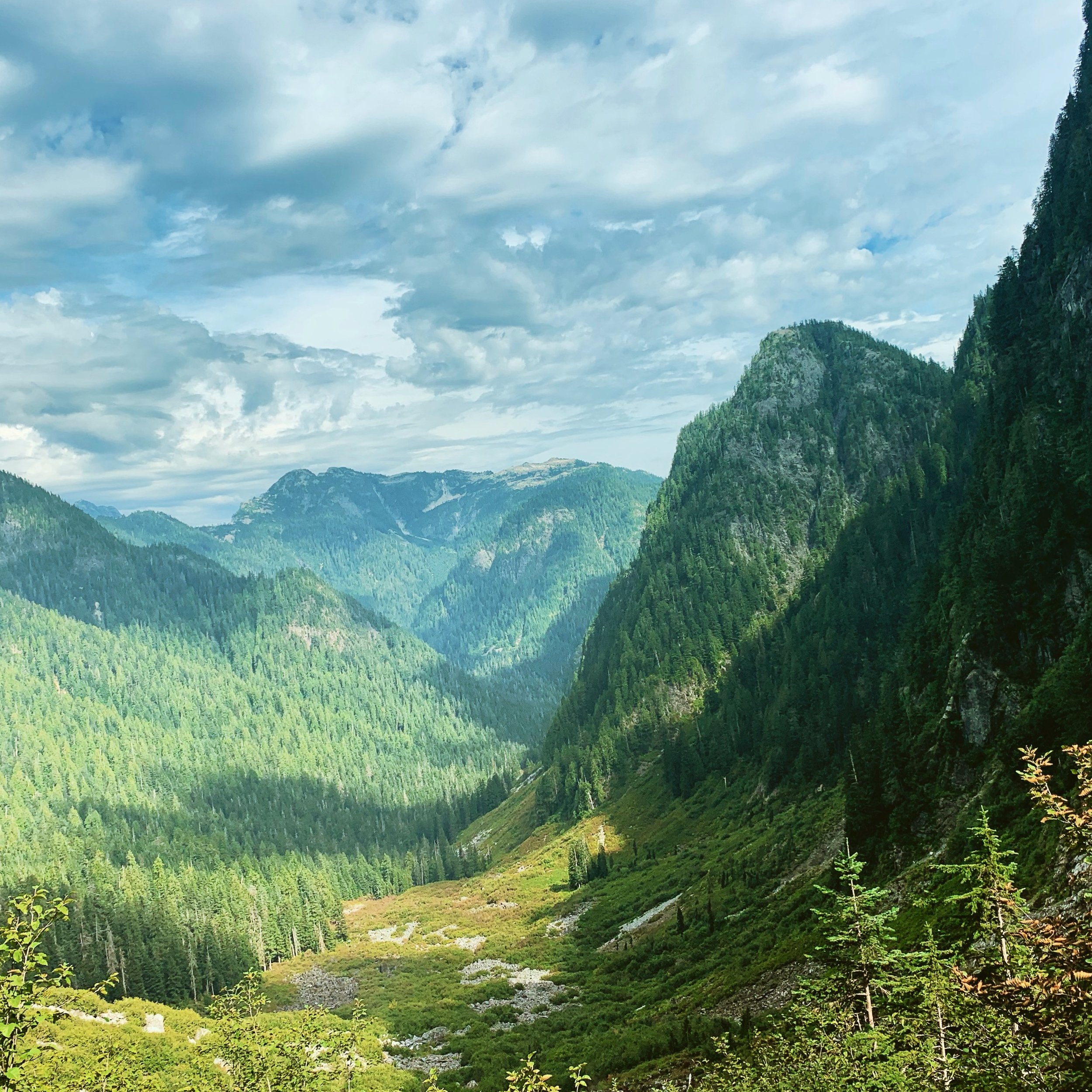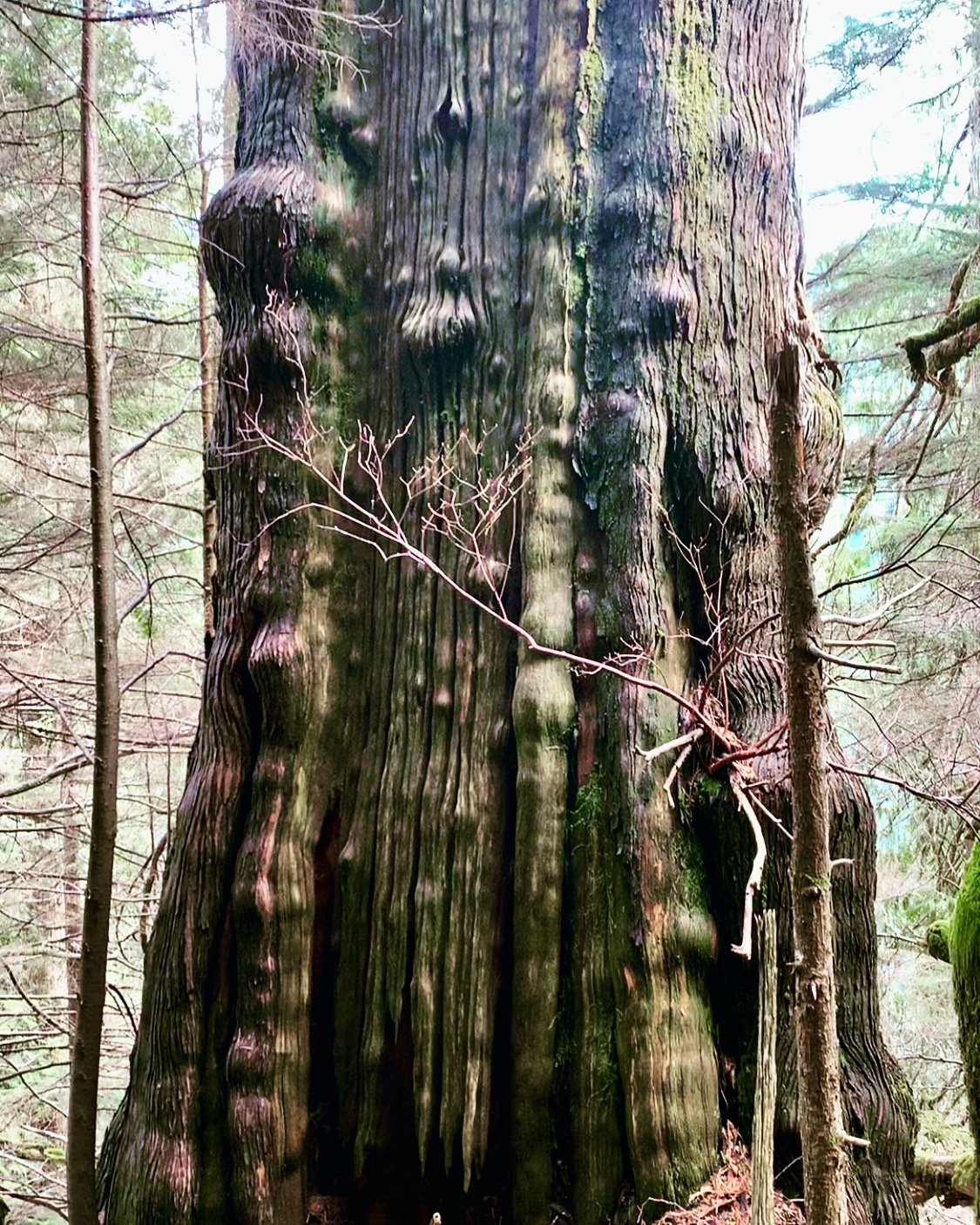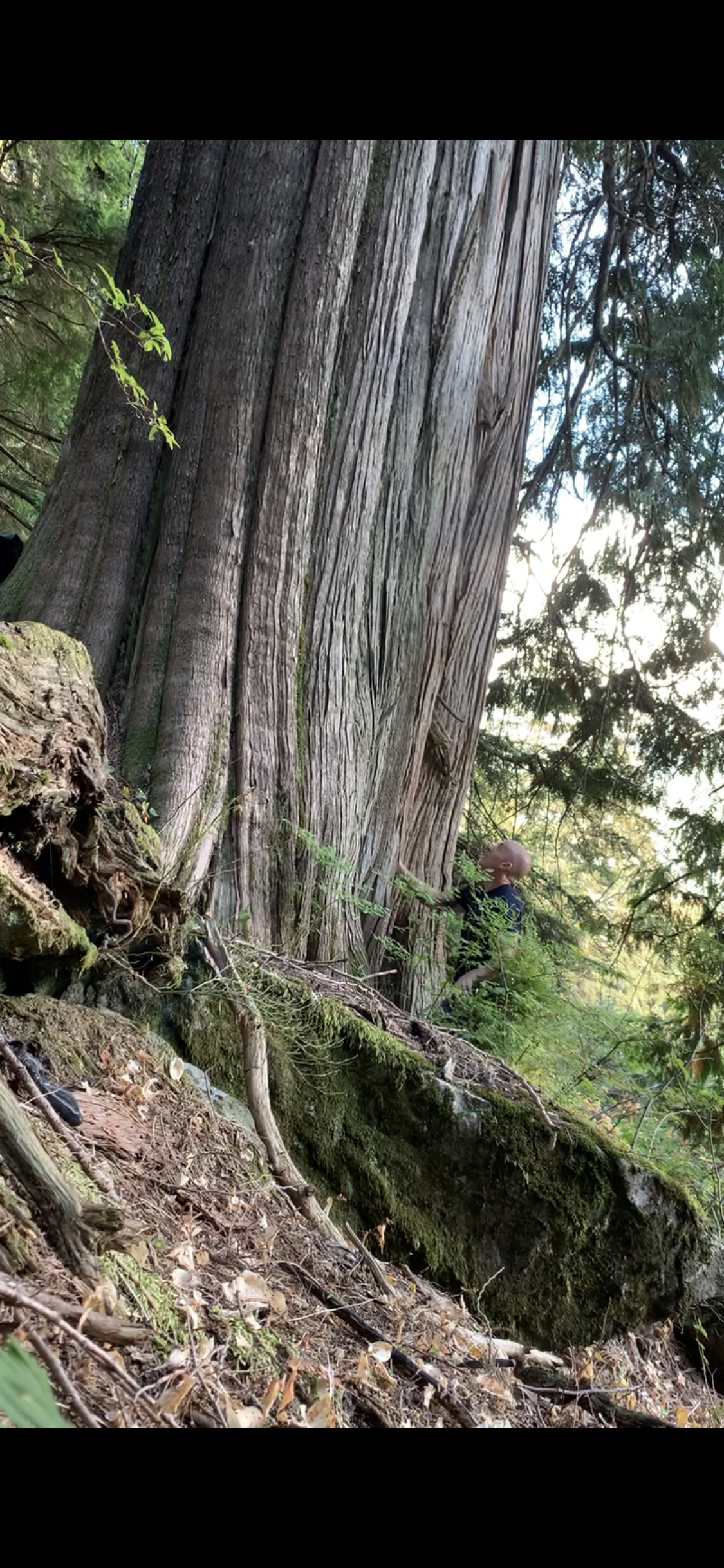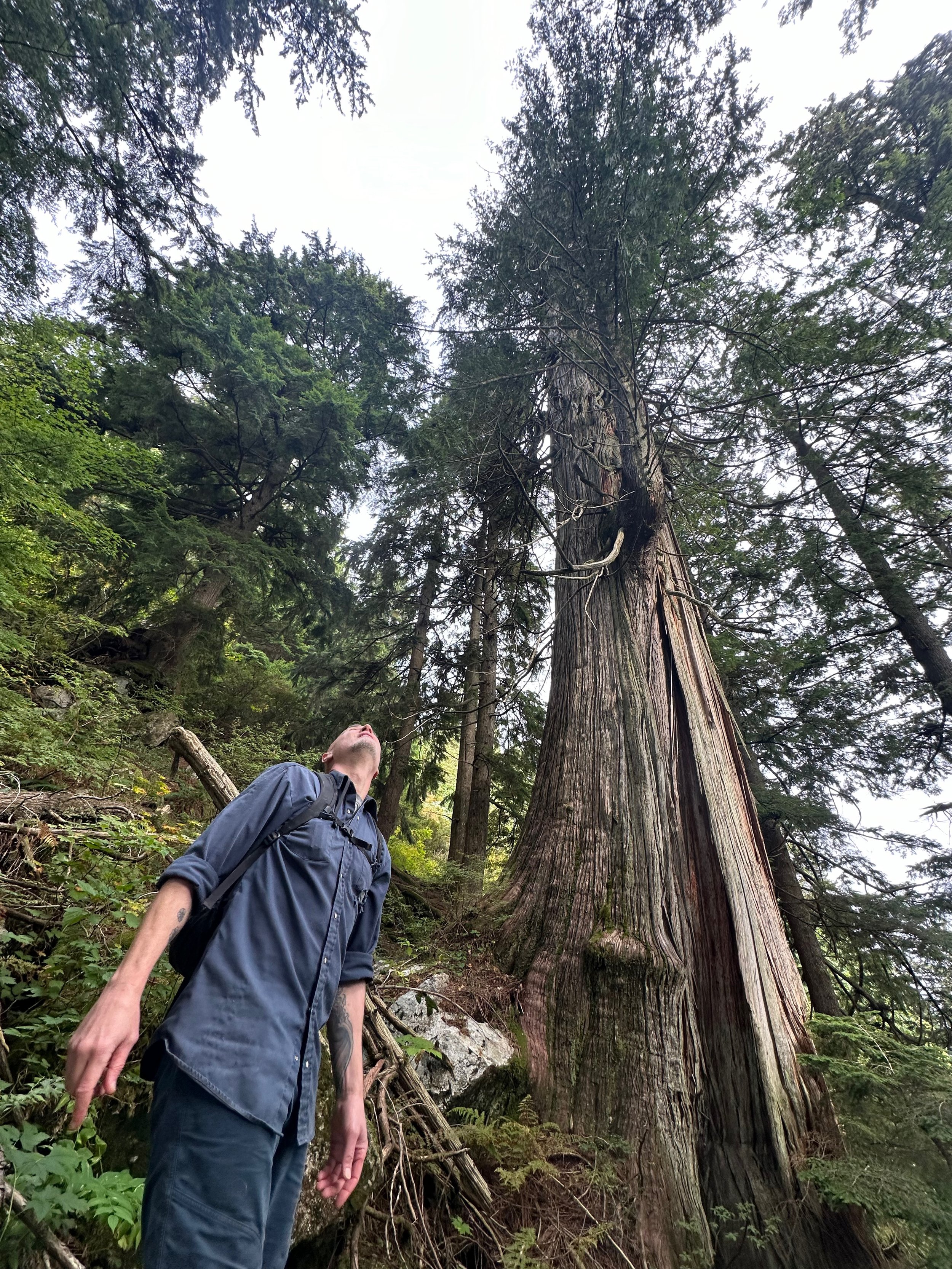My family has the immense good fortune of living on the edge of a temperate, old-growth rainforest in British Columbia, Canada, on the traditional, ancestral, and unceded territories of the Squamish and Tsleil-Waututh Nations.
When Europeans settled here in the 1800s, forestry was the primary industry. The bigger the tree, the greater the profit. In the decades that followed, North Vancouver’s forests were obliterated.
But what most people don’t know is that a few, hard-to-reach areas were left untouched. In those patches of ancient forest stand some of the most majestic trees on the planet.
At Negative Phil, we locate the oldest, largest remaining trees in the valley and preserve their legacies by propagating them from cuttings. In other words, we remove small pieces of foliage (cuttings) from old-growth trees and use horticultural techniques to get the cuttings to take root and become new trees. When we create a new tree from a cutting, that new tree has the exact same DNA as the host tree from which the cutting was taken. If a cutting was taken from a 1,000-year-old tree, the new tree has 1,000-year-old DNA.
Every old-growth cutting we collect and cultivate can be traced back to its source via the source tree’s GPS coordinates.
One day the old-growth trees may be gone, but they will live on.


